Super seafood is certified to the world's best seafood standards for people and the planet. Look for the green ASC and blue MSC labels to be sure.
Make a Super Seafood Choice
When you make a Super Seafood choice, you're choosing seafood that comes from an ASC-certified farm or an MSC-certified fishery.
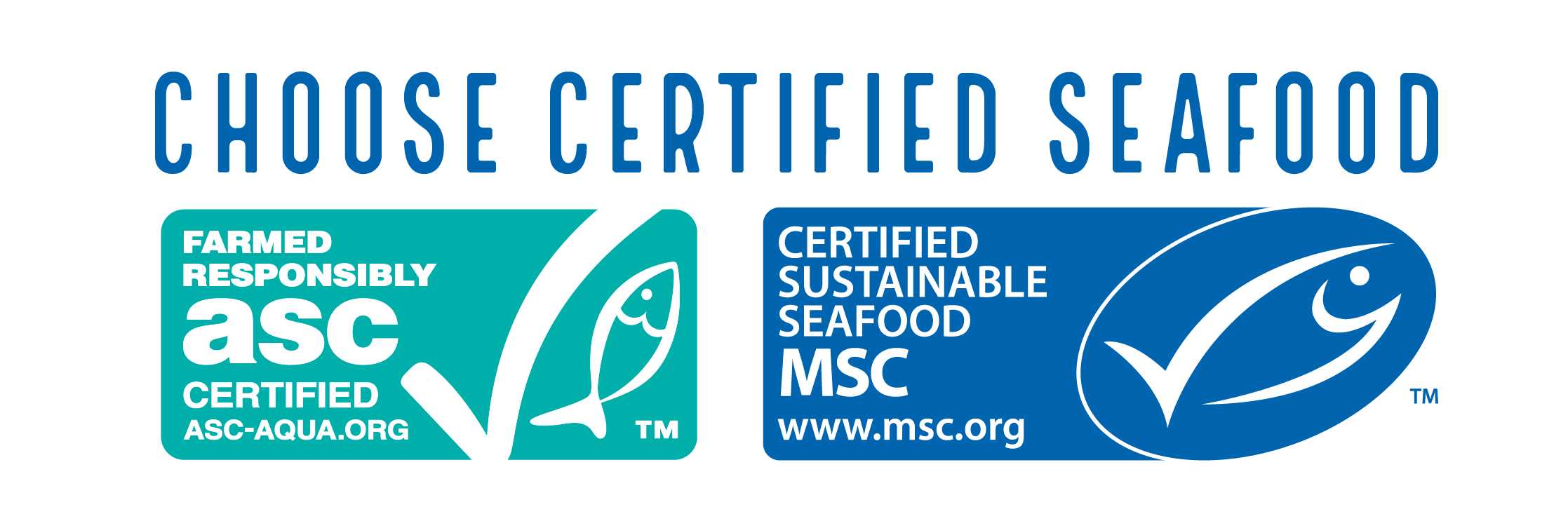
The Aquaculture Stewardship Council (ASC) and the Marine Stewardship Council (MSC) share a common heritage and vision that global seafood supplies should be sustainable, responsibly managed, and supported by secure supply chains. The MSC’s focus is sustainable capture of wild seafood and the ASC sets standards for responsible aquaculture.
Healthy, sustainable and affordable seafood for all
Dr Joanna McMillan, a PhD-qualified nutrition scientist and accredited practising dietitian, helps people to follow more sustainable diets while looking after their nutrition at the same time.
According to Dr Joanna McMilan, most seafood hits the mark nutritionally, providing key nutrients, including many that are often low in typical Western diets, such as long-chain omega-3 fats, iodine, selenium, and vitamin D. But when choosing seafood, we also want to make sure we tick the boxes for sustainability.
Two key ways to do that are by looking for the MSC or ASC labels and by ensuring we don’t have any food waste.
Canned and frozen seafood ticks all the boxes
That’s where canned and frozen seafood comes in nicely. Today, seafood is snap-frozen on the day it is caught, locking in nutrients and preserving the quality of the fish. While canning works especially well for molluscs, oily fish, and crab, making it easy to have these foods in your pantry and regularly slot them into your weekly menu. While fresh seafood is wonderful, stocking both your freezer and pantry with frozen and canned seafood awarded the MSC blue fish tick or ASC tick for farmed seafood ensures your choices will nourish you while also looking after our oceans and waterways.
Which fish is considered a Super Seafood?
The following Super Seafoods are available in the canned and frozen aisles of your local supermarket. Just look for the ASC or MSC labels to be sure you're making the best environmental choice.
Browse our easy-to-read report to learn more about why food is the single strongest lever for optimising human health and environmental sustainability on Earth.
Dr Joanna McMillan's top eight Super Seafoods are:
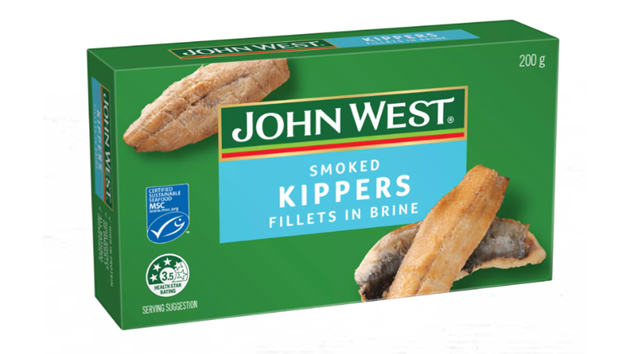
KIPPERS
Herrings are oily fish, and therefore, kippers are high in long-chain omega-3 fats, especially DHA, which concentrates in the brain, contributing to brain health and function. You’ll also get excellent doses of iodine, vitamin D, vitamin B12, selenium and phosphorus. And, of course, protein!
Kippers are just herrings that have been butterflied, the bones removed, salted, or brined and then smoked. This process gives them their distinctive, gorgeous smoky flavour. It does mean they are higher in salt, so just ensure you are not adding more salt to your meal.
MUSSELS
Canned mussels with the ASC logo are your go-to for one of the most nutritious and sustainable seafoods you can get. My favourite way to eat them is tossed through pasta with white wine, garlic, cherry tomatoes, chilli & spinach. Could there be an easier, quick, mid-week dinner?!
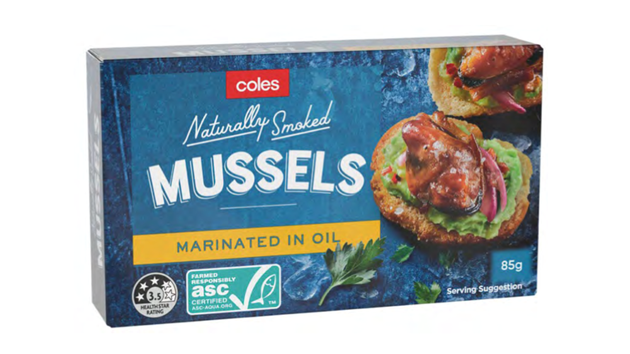
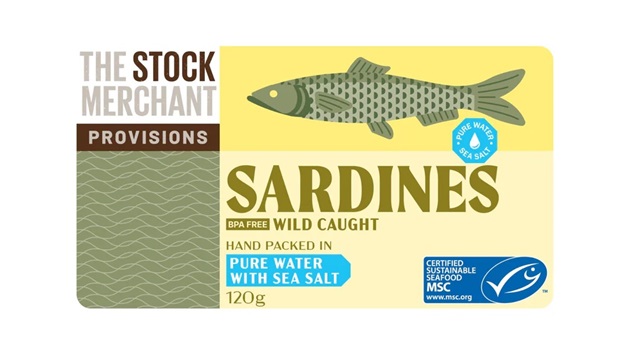
SARDINES
Sardines are one of the top sources of long chain omega-3s. These are not just anti-inflammatory throughout the body; they concentrate in the brain where they play a key role in both brain function and long-term brain health.
Sardines also provide vitamin D, not found in many foods, vitamin B12, niacin and selenium. Standout is their calcium content, which comes from the fact they you can eat their soft bones (when canned).
OYSTERS
Oysters are royalty when it comes to zinc. They top the food charts hands down. And zinc is a key nutrient for tip-top immune function, for healing and healthy skin, to enable you to taste and smell, and gents, if you’re aiming to be a father, adequate zinc is a must!
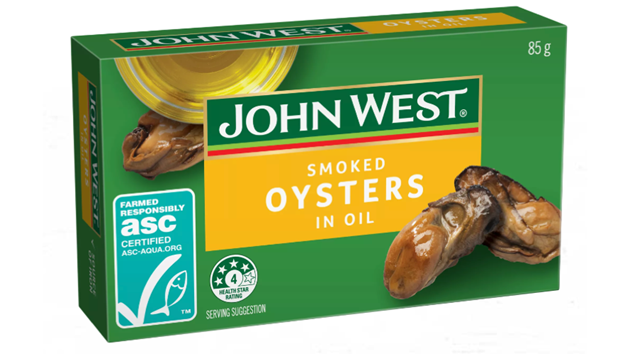
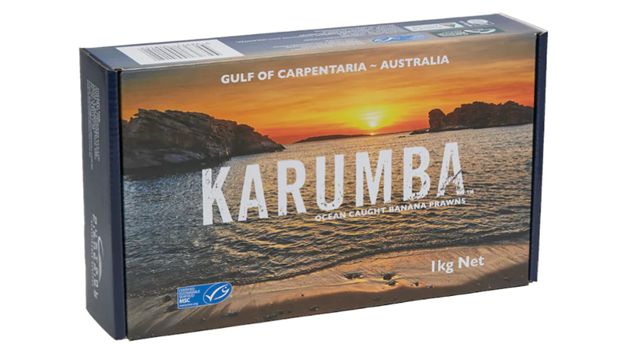
BANANA PRAWNS
I think the nutritional value of prawns is undervalued. They are not just a lovely treat food to have at a BBQ or when you’re eating out! I always have prawns with the MSC blue tick in my freezer for easy, quick meals.
They are rich in protein and while not the highest in long chain omega-3s compared to oily fish, they are a good source. Plus, they have nutrients like choline that is essential for your brain, phosphorus for healthy bones and teeth, selenium, and vitamin E, both key antioxidants in the body and vitamin B12, almost completely found in animal foods.
TROUT
Trout is a key source of long chain omega-3 fats, vitamin D, selenium, B group vitamins and it is one of the most delicious fish. Frozen trout is a great way to reduce food waste and improve convenience. It also means we have access to responsibly farmed trout from other parts of the world.
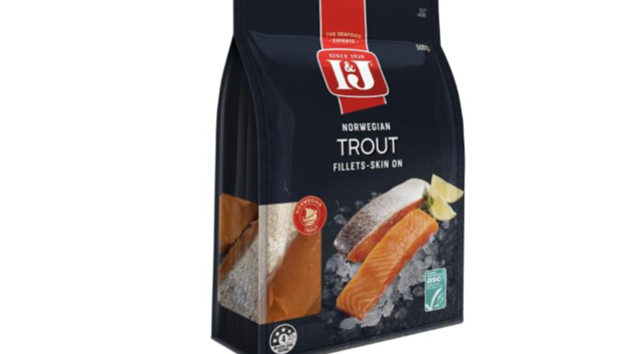
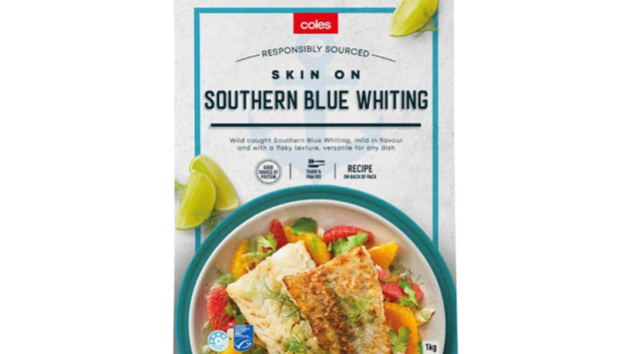
WHITING
Like most white fish, whiting is low in kilojoules, while high in protein, minerals such as iodine and selenium, and vitamins including B12 and riboflavin. Many of us fall short on iodine as it is low in soils and therefore low in land crops and animals. Food from the sea is key to getting enough iodine. You need it for brain and thyroid function, so your metabolism and your IQ depend on sufficient iodine!
BASA
White fish like Basa may lack the omega-3 fats of the oily fish, but they are wonderful for light, protein rich dishes and they do pack a punch for B group vitamins, selenium, and phosphorus.
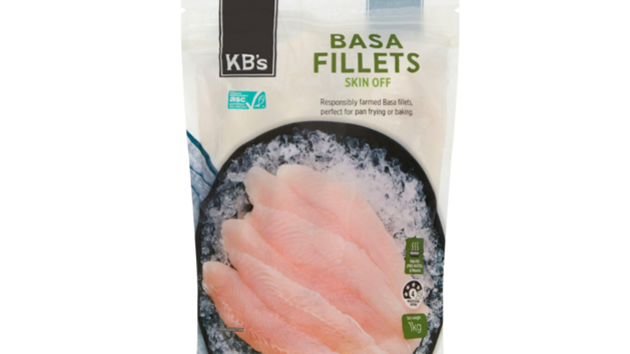
Ingredients
Method
- 500g MSC certified banana prawns with shells
- 2 onions, roughly chopped
- 2 carrots, roughly chopped
- 1 celery stalk roughly chopped
- 200ml white wine
- 3 star anise
- 2 lemongrass stalks, bruised
- 50g ginger, chopped
- 2 kaffir lime leaves
- 1 red chili
- 250g canned diced tomatoes
- 2 litres fish stock
- 200ml cream
- Finely grated zest and juice of 2 lemons

- Preheat oven to 200 degrees Celsius. Peel the prawns and place the shells on an oven tray and roast for approx. 20 mins, stirring often until golden.
- Place the roasted shells into a large saucepan with the chopped vegetables, white wine, star anise and half the lemongrass, ginger and lime leaves. Bring to the boil and simmer for 10 min.
- Add the tomatoes, stock and cream. Bring to the boil and reduce the heat to low and simmer for a further 40 minutes, skimming the surface occasionally.
- In a separate grill pan add your shelled prawns with a dash of olive oil, salt and pepper and cook until slightly charred, season with salt and pepper, set aside.
- Strain your prawn bisque and return the bisque to the pan.
- Add lemongrass, ginger and lime leaves and simmer for further 5 minutes. Strain again and you should have a smooth, creamy consistency.
- Ladle into bowls and to top add a few grilled prawns to each bowl, sliced red chili, lemon zest, dash of lemon juice and season with salt and freshly ground black pepper to taste, serve with white crusty bread.
Serving instructions
This velvety prawn bisque is perfect to enjoy on a hot summer’s day. Serving up to 10 people, it’s perfect for a starter before the main event when hosting your next lunch or dinner party. With MSC certified wild banana prawns from Northern Australia, it’s an authentic taste of Australia’s stunning coastline.Enjoying prawns at Christmas now and always
Discover what makes the perfect Christmas prawns including where to buy, top recipes and tips.

| Description: | The Super Seafood Report provides the Australian public with the knowledge to make affordable, healthy, and sustainable choices when buying seafood. |
|---|---|
| Language: | English |
| Version: | 1.00 |
| Date of issue: | 18 March 2024 |
Make a super difference

Sustainable Seafood Recipes
Top Aussie chefs share their top sustainable seafood recipes.
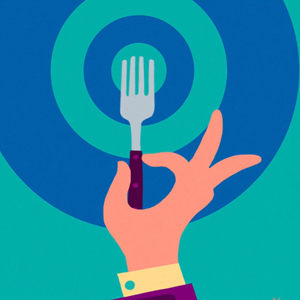
Farmed or wild?
Understand why we must rely on responsibly farmed and wild sustainable seafood to feed a growing world population
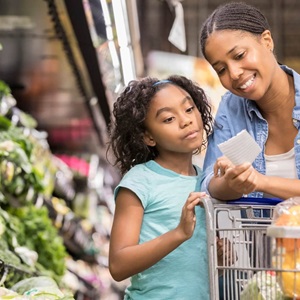
Where to buy sustainable seafood
Discover the best places nearby to buy seafood in Australia and New Zealand that is also sustainable.


